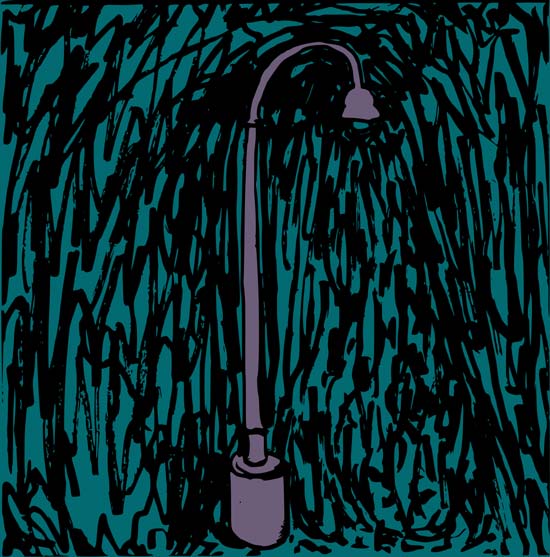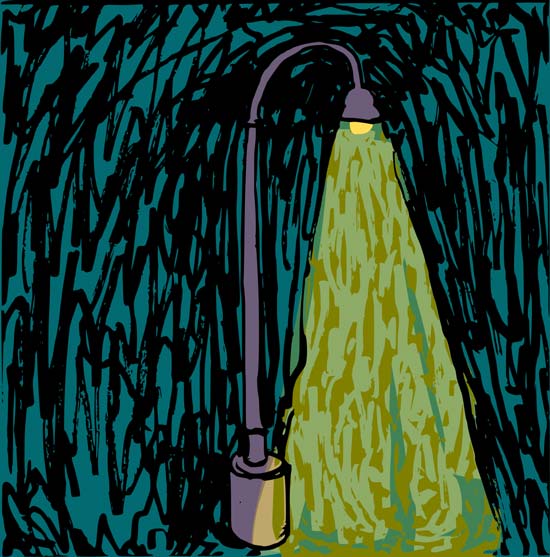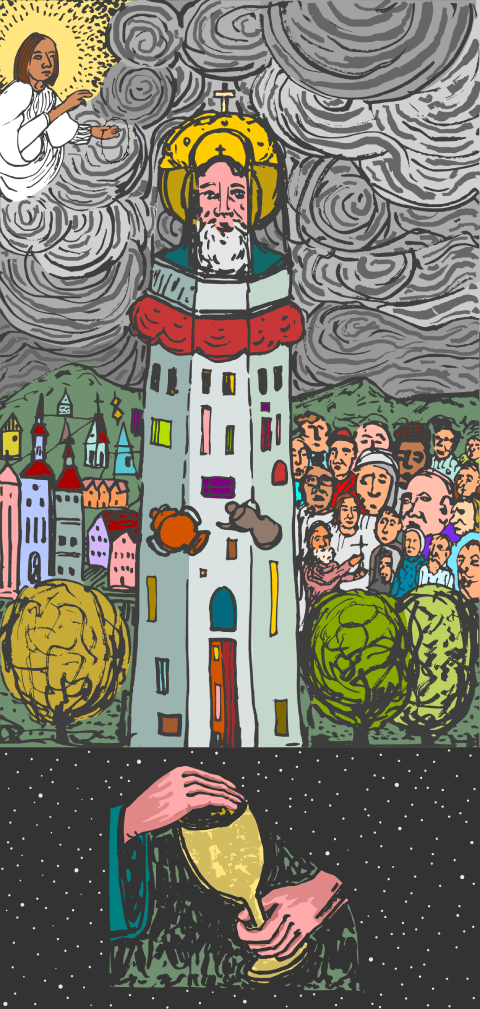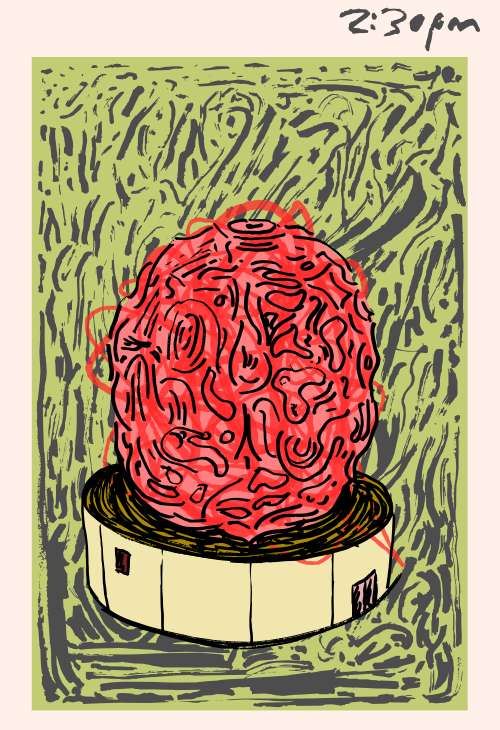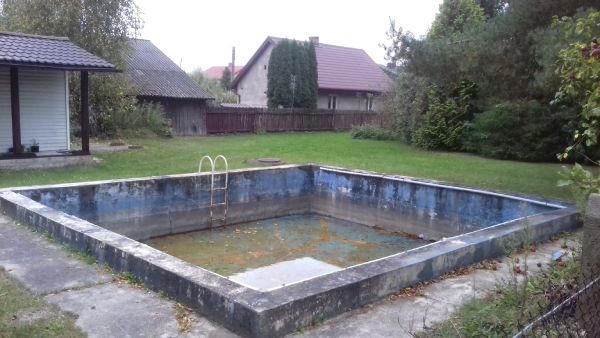The idea of a new horizon as a metaphor for change is puzzling. In a literal way, a shifting glance can produce a new horizon. However, how special can that be? The more meaningful sense of this phrase involves recognition that something ended, changed, and another more hopeful reality may exist in front of us.
For me, this post brings a new horizon. I have learned a lesson. Prior to this posting, I tried “free” web hosting and found that slow speeds and limited traffic was the price I paid. After a small investment and moving files to a new host, I feel hopeful. However, this only one part of the puzzle. Without a follow up or momentum to get to a new and positive place the new horizon is a fantasy.
In an attempt to move closer to an illusive vista, I have provided an image of a horizon. While there is no literal horizon line in the image, it has provided me with a spring board to approach drawing in a different way. It followed a process of drawing on graph paper when I had time. Later it was scanned and adjusted in a way that allowed for an evolving process.
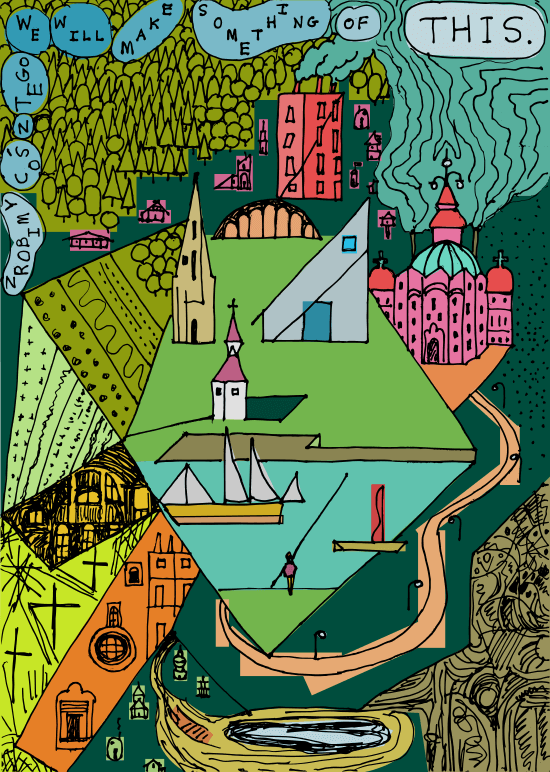
As one may have noted, my new horizon has become several related glances or horizons that cause other new horizons. Perhaps my initial concept is getting diluted. However, this is likely meant to be. After all, there is no indication that we arrive at and stay at one point on the horizon.


